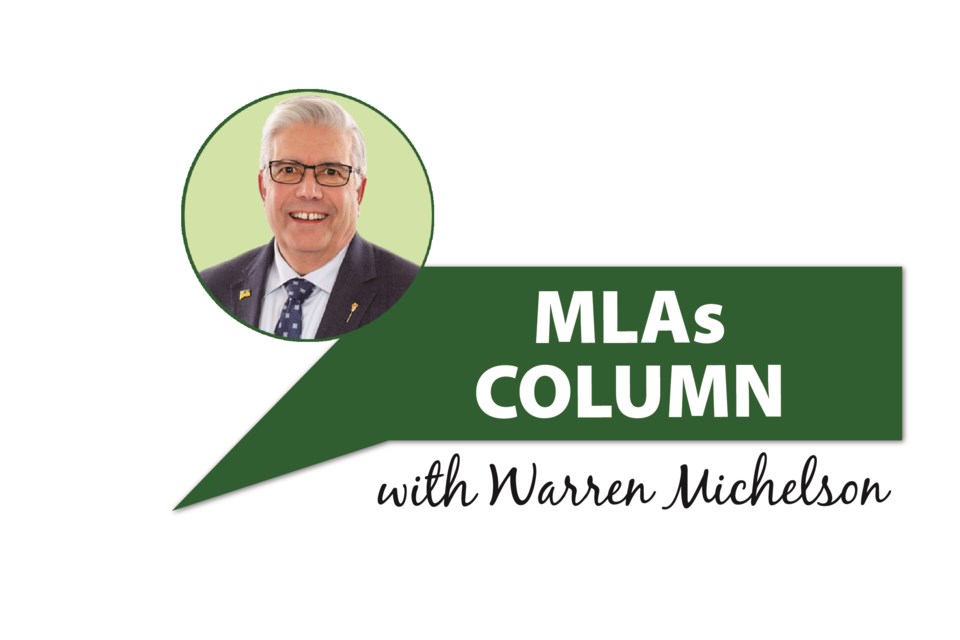Moose Jaw residents usually think of potash when they hear the word mining; and for good reason. The Mosaic Potash mine has been an important part of our community since the 1960’s. In 2012, K+S Potash broke ground in the Moose Jaw area, and quickly become involved supporting our community and helping to build our local economy. Saskatchewan Mining Week underlined just how diverse our mining industry is, and how much it contributes to our Saskatchewan economy.
The Government of Saskatchewan, with the Saskatchewan Mining Association, celebrates Mining Week every year. This year’s theme was “Mining: Essential to Local and Global Communities,” highlighting Saskatchewan’s world-class mining sector and its extensive contributions to local communities and the provincial economy.
Despite the COVID-19 pandemic and temporary market conditions, Saskatchewan’s mining sector is well-positioned to emerge as a leader in the provincial economic recovery, promoting food security and supplying critical resources; including clean energy to the world. Saskatchewan’s mining industry generated $7.4 billion in sales in 2019 and more than $72.3 billion since 2010.
In 2019, Saskatchewan produced more potash than any other country and about 30 per cent of the world total. Saskatchewan is also the world’s second-largest uranium producer, accounting for approximately 13 per cent of global production. Saskatchewan has a variety of other minerals including: gold, base metals, clays, coal, diamonds, platinum group metals, sodium sulphate, silica sand and rare earth elements.
Saskatchewan remains a favourable jurisdiction for investment in mineral exploration and development, and energy resources. The province has a stable regulatory environment, competitive royalty structures, and various incentives, including a Provincial Sales Tax exemption for exploratory and downhole drilling activity. Saskatchewan also offers the Targeted Mineral Exploration Incentive, which supports exploration for precious and base metals and diamonds.
Incentives like these are bringing lithium exploration and development to Saskatchewan. The global demand for lithium is forecasted to grow by ten per cent, per year, between 2019 and 2024 due to the expanding use of rechargeable lithium ion batteries in electric cars and portable electronic devices.
Prairie-LiEP Critical Mineral Joint Venture will begin a two-stage pilot project that will produce lithium hydroxide from Saskatchewan oilfield brines. The first stage is expected to begin this July, based in Regina. Stage two is planned for the second half of 2021, with field operations in southern Saskatchewan. It will include the construction of one of Canada’s first lithium extraction and refining facilities, which will produce approximately one tonne of lithium hydroxide per day.
More than 30,000 people in Saskatchewan are employed directly or indirectly by the mining industry. On top of that, in 2017, Saskatchewan mining contributed $1.8 billion in provincial, federal and municipal taxes, which created revenue for health care, education and infrastructure development. I know the mining companies including K&S and Mosaic contribute to our local community in sponsorships, donations, and gifts in kind. I’m grateful for all those ways the mining industry helps our community and our province be a great place to live.
The views and opinions expressed in this article are those of the author, and do not necessarily reflect the position of this publication.




